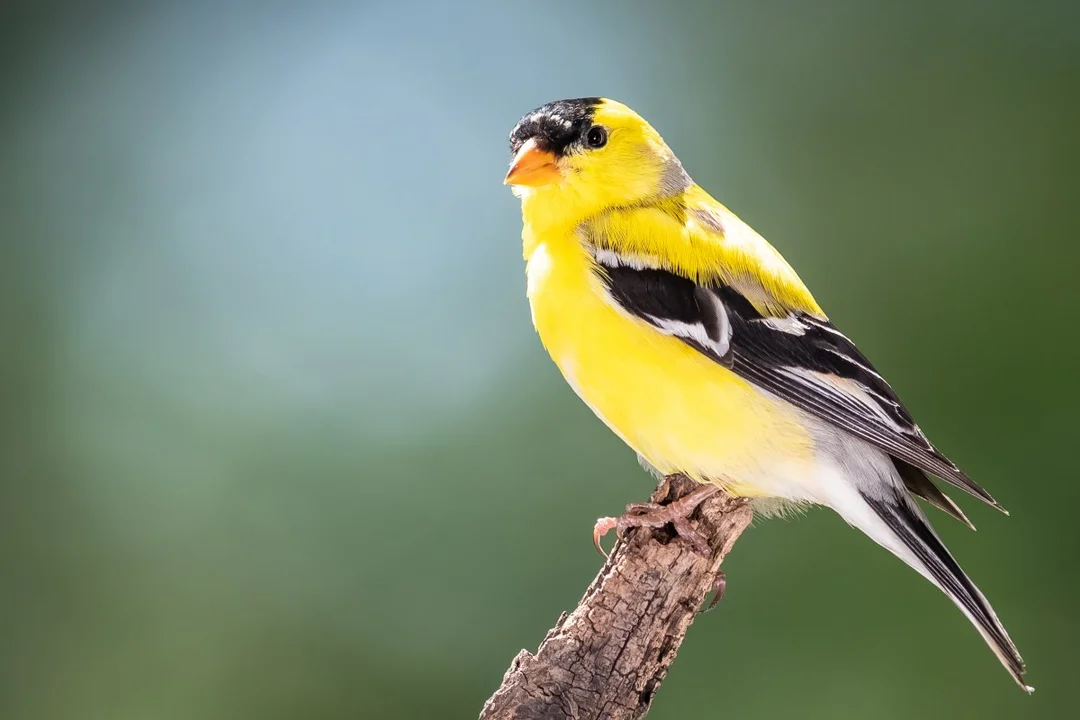
What’s Really Behind the Explosive Bird Deaths in a Quiet California Town?
In a baffling turn of events, residents of Richmond, California, are grappling with a mysterious phenomenon where birds are suddenly "exploding" and plummeting from the sky. This eerie occurrence has sparked widespread concern, raising questions about wildlife safety, potential human involvement, and the broader implications for local ecosystems. As investigations unfold, the story highlights the fragility of urban wildlife and the urgent need for answers in a world where nature's anomalies can disrupt everyday life.
The mystery began several months ago when locals first noticed birds, including mourning doves and European starlings, dropping dead in their neighborhoods. Security footage captured the dramatic moments: a loud pop echoes, followed by a bird falling lifelessly from power lines. Richmond resident Maximillian Bolling described the scenes as "very traumatic and really violent," recounting how the birds "quickly explode" upon impact. Other residents, like self-proclaimed animal lover Sharon Anderson, have called the sights "horrifying," emphasizing the emotional toll on the community. At least 13 birds have been confirmed dead, with some reports suggesting the number could exceed 50, as noted in recent local news.

Initial investigations by the California Department of Fish and Wildlife have deepened the intrigue. Necropsies on two deceased birds revealed injuries consistent with trauma from a pellet gun, BB gun, or slingshot, rather than electrocution from power lines as some speculated. This finding has led to theories of foul play, potentially pointing to an individual targeting the birds. However, officials cautioned that the exact cause remains undetermined, leaving room for other possibilities. Pacific Gas & Electric (PG&E), the local utility company, has denied any issues with their infrastructure, stating that their inspections found no evidence of electrical faults. A PG&E spokesperson told ABC News, "We appreciate the concern of our customers... and agree that these birds were not electrocuted." Despite this, residents like Bolling remain skeptical, suspecting faulty insulators on power lines could be a factor, especially given the risk of sparking wildfires in California's dry seasons.
Comparing resident accounts, the situation reveals a community divided between grief and activism. While some, like Anderson, focus on the heartbreak of losing innocent wildlife, others worry about broader safety implications. Bolling and neighbors have taken matters into their own hands, documenting incidents and posting warning signs to encourage reporting. This grassroots effort underscores a growing tension between human negligence and environmental protection, drawing parallels to other wildlife crises where urban development intersects with nature. If human aggression is confirmed, it could escalate into a crime investigation, highlighting the need for stronger animal welfare laws in the state.

As the probe continues, with authorities monitoring the area and urging residents to report sightings, this incident serves as a stark reminder of humanity's impact on wildlife. The potential for a serial perpetrator adds urgency, but it also sparks hope for community-led solutions. What does this mean for California's environmental policies and the balance between urban life and nature? Experts and locals alike are calling for swift action to prevent further tragedies, especially as warmer months approach and risks escalate.
In summary, the exploding birds in Richmond not only unravel a puzzling mystery but also spotlight critical issues in wildlife conservation and public safety. Could this be a wake-up call for better oversight of urban environments? We invite you to share your thoughts in the comments below and help spread awareness by discussing this story with others.